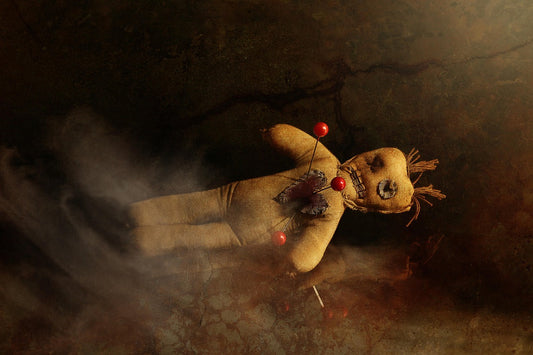Direct to disc
by Paul McGowan
In yesterday's post we mentioned a Sheffield Direct To Disc recording and several readers asked me just what that was. It was the most direct method of recording possible before the advent of digital and interestingly enough it was a throwback to the original recording technique. Perhaps a bit of history is in order.
When the idea of recording first came into our society all recordings were "direct to disc" only there was no disc. Better said as "direct to cylinder". The capturing of sound at the time used no electronics but rather a large acoustic amplifier (a horn) whose output had enough air movement to push a needle cutting a pattern into wax or tin foil wrapped onto a rotating cylinder. Once recorded all you had to do was change the needle type from a cutter to a player and reverse the process to hear it played back through the same acoustic amplifier - this time the needle following the cut grooves in the cylinder and moving the air so you can hear.
Thing was, whatever you wanted to record had to be performed live and without any mistakes. This was a real challenge for both the performers as well as the recordist as any errors would ruin the take and it had to be done again.
Enter the tape recorder that used electronics and magnetics to capture the sound with the advantage you could control the recording process and edit the performance making the life of the recordist and performer a whole lot easier. Problem was you had to transfer the recorded sound to the disc removing the listener away from the direct recording and adding a layer of sonic degradation - the first of many to follow.
As the high-end audio field gained in popularity it was natural enough to want better source materials and some lucky few were able to get copies of original master tapes to enjoy, but this was rather limited and expensive. Then came the idea of direct to disc recording once again that would eliminate the in-between tape recording and get the listener closer to the musicians.
The problems were the same as before - no mistakes in cutting or performance could be tolerated to make a great recording and once finished, only a limited number of copies could be made from the cut master so copies of these masterpieces were expensive and limited. But the results were amazing with a clarity and dynamic range that couldn't possibly have been achieved any other way than digital which didn't exist in popular form at the time.
I am sure some of you remember better than I but Sheffield and Crystal Clear records were the only labels that came to mind as I am writing this.
It surely was a magical time in the history of audio and I was glad to have been a part of it.
- Choosing a selection results in a full page refresh.
- Opens in a new window.








